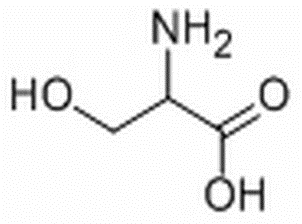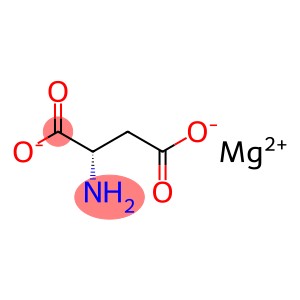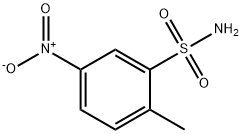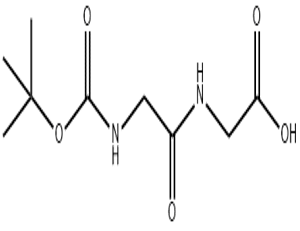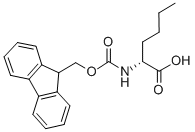L-serine(CAS# 56-45-1)
| Hazard Symbols | Xi – Irritant |
| Risk Codes | 36/37/38 – Irritating to eyes, respiratory system and skin. |
| Safety Description | S24/25 – Avoid contact with skin and eyes. S36 – Wear suitable protective clothing. S26 – In case of contact with eyes, rinse immediately with plenty of water and seek medical advice. |
| WGK Germany | 3 |
| RTECS | VT8100000 |
| FLUKA BRAND F CODES | 3 |
| TSCA | Yes |
| HS Code | 29225000 |
| Toxicity | 可安全用于食品(FDA,§172.320,2000)。 |
Introduction
L-Serine is a natural amino acid, which is an important part of protein synthesis in vivo. Its chemical formula is C3H7NO3 and its molecular weight is 105.09g/mol.
L-Serine have the following properties:
1. Appearance: colorless crystal or white crystalline powder;
2. Solubility: soluble in water, slightly soluble in alcohol, almost insoluble in ether and ether solvents;
3. melting point: about 228-232 ℃;
4. taste: with a slightly sweet taste.
L-Serine play important roles in biology, such:
1. protein synthesis: as a kind of amino acid, L-Serine is an important part of protein synthesis, involved in cell growth, repair and metabolism;
2. Biocatalyst: L-Serine is a kind of biocatalyst, which can be used to synthesize bioactive compounds, such as enzymes and drugs.
L-Serine can be prepared by two methods: synthesis and extraction:
1. Synthesis method: L-Serine can be synthesized by synthetic reaction. Common synthesis methods include chemical synthesis and enzyme catalysis;
2. Extraction method: L-Serine can also be extracted from natural materials, such as bacteria, fungi or plants through fermentation.
Regarding safety information, L-Serine is an essential amino acid for the human body and is generally considered safe. However, excessive intake may cause some side effects, such as gastrointestinal discomfort and allergic reactions. In people with severe allergies, exposure to L-Serine may trigger an allergic reaction. When using L-Serine, it is recommended to use according to the advice of doctors or professionals, and strictly control the dosage.


